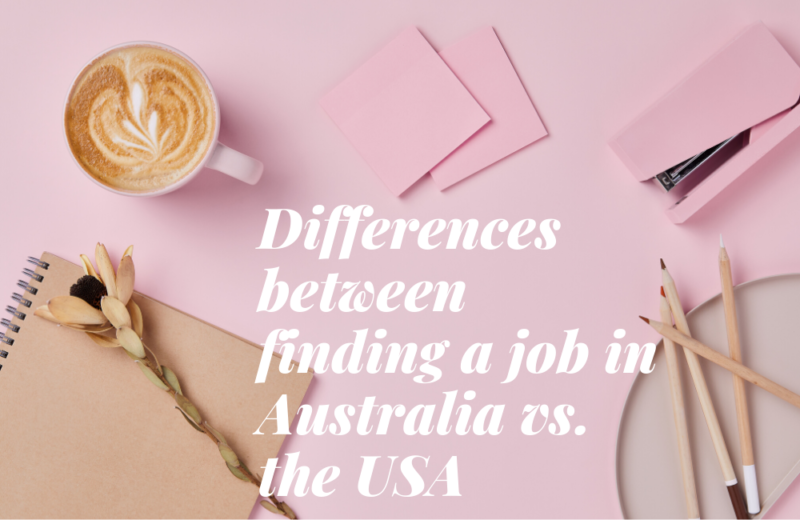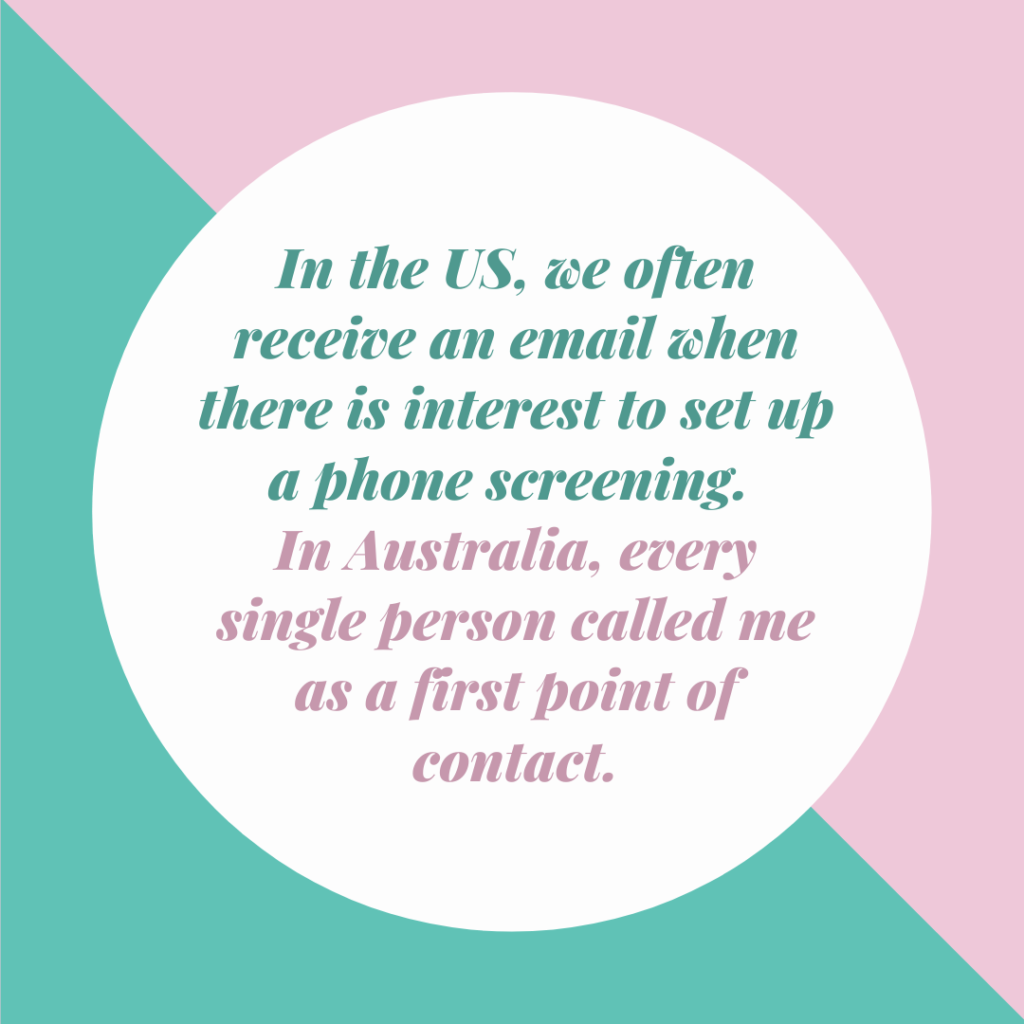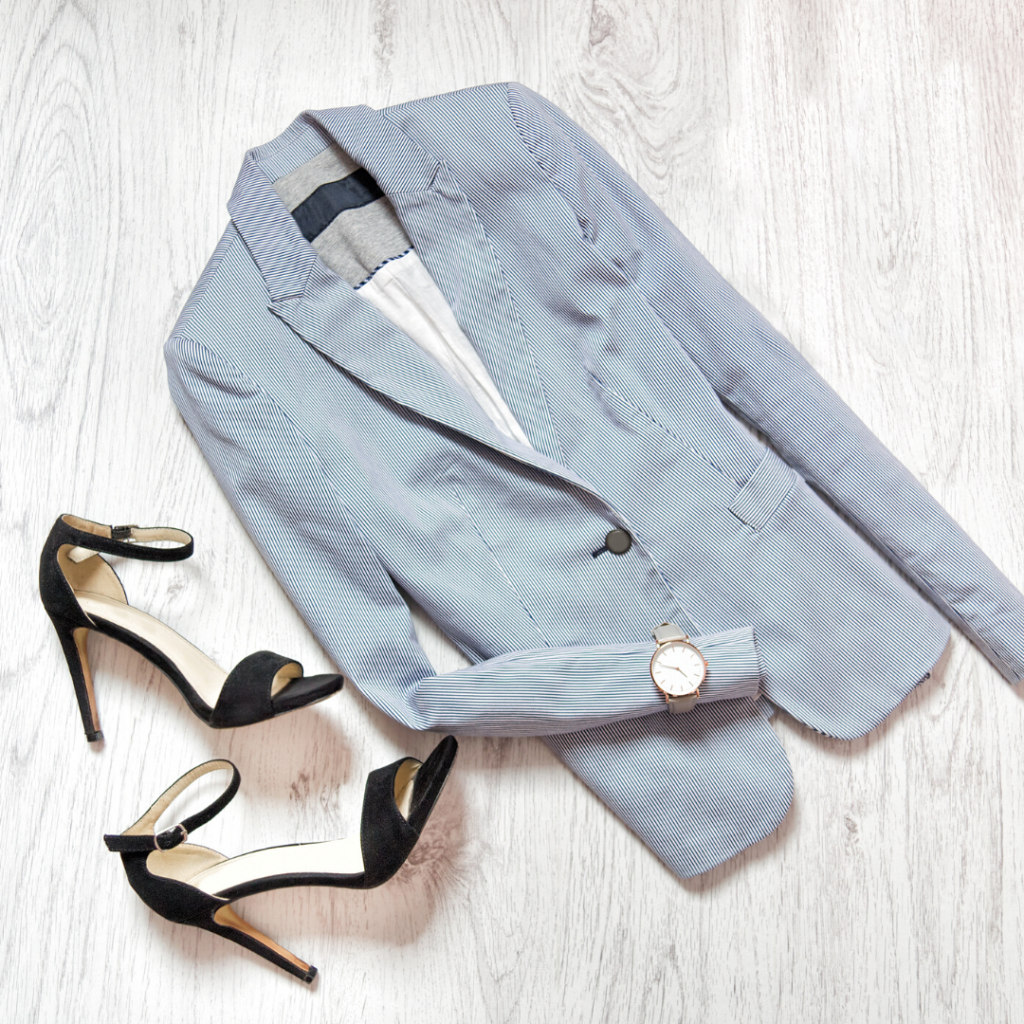
Finding a job when you move to another country can be challenging. Here are some key differences when moving to Australia that will help your job search process.
Finding a job in Australia proved to have a few hurdles, especially on a WHV. Often, “backpacker” jobs include hospitality or physical labor, much less office or corporate roles. Here are my 7 tips, after spending countless hours in Melbourne and Sydney libraries working on my job search grind to landing a corporate or office job in Australia as a backpacker.
Note: This article was written before Covid19, although published later. It is intended to be a resource for those hoping to have a future visit (when the time allows) on a WHV to Australia. It is likely not applicable at the time of publishing.
Australia is an incredible place to come settle down for a year or more, depending on your skills and ideal “itinerary.” Thanks to the two subclass visas (working holiday 417 and work and holiday 462), which simply vary by which country you’re from, but have nearly the same terms, it’s possible to live in this country – if you’re under the age of 30.
The intent of this visa is to encourage tourism and allow backpackers to pick up jobs if needed, plus fill the void of needed farm workers. In fact, many backpackers are needed to fill in less-populated pockets of the countryside and more rural areas. Naturally, many backpackers end up flocking to the major cities, like Sydney and Melbourne. However, not all backpackers are looking for jobs in hospitality or farmwork, which is the norm. And there’s nothing wrong with those norms! For some though, exploring a new field or taking a break may be hard (read on about the “certificates”). Which is why I resorted to finding an office job, because I simply came to the conclusion that working in a restaurant or retail wouldn’t suit me, and I was also tense about having a gap on my resume (because it’s hard to let go of the judgments and expectations of USA career society, isn’t it?). Here, I’ll share how to find what may be classified as a “non-backpacker” job in Australia.
Perhaps you’re on holiday, country-hopping or hoping to simply take a break from a corporate lifestyle in your home country. If the latter is your reason, your reason for travel is similar to mine. While I had a strong desire to move overseas, one can’t simply pick up and move without job sponsorship or starting a new school program. And let’s be real, getting sponsored is rare, costly for the company, and essentially ties your legal status to your work.
Even if you aren’t searching for a more corporate-focused role, these job tips will help save time, stress, and help you get working ASAP. Under the six-month-per-employer rule, it was quite frustrating and challenging to find an employer willing to bring on new employees. On top of that, most maternity role positions are 8-12 months, leaving us out of that bucket of possibility.
I found there were quite a few differences in the Australian recruiting process compared to the USA. I believe this shock is a bit less inherent if you come from the UK or a Commonwealth country. Read below for my tips and disparities:
Tip #1: Update your resume.
Australian resumes are usually two pages, lengthy, and a bit fluffier. Back home, in the US, we’re pressured to have 1-page resumes, that are super condensed and to-the-point, highlighting all your key achievements, unless you’re pretty senior. If you’re thinking of exploring other industries – sadly, to sound cynical, it will be difficult. Certificates are often required if you’re looking to explore new fields. For example, I wanted to work in floristry or learn more about spa business, but certificates were required, even for basic entry.
If you decide to pursue an office job, I suggest starting your resume format with an “intro” of accomplishments, then follow with your education and skills. Before each company entry, I had a 1-2 sentence intro about the company, a summary short paragraph about my role, and a bullet point list of accomplishments. Also, remove your GPA – this grading system is irrelevant in Australia.
Tip #2: Use the right job boards.
Glassdoor, LinkedIn, and engines like Monster or Indeed are top-of-mind in the US, but in Australia, there are some different platforms to know.
Seek.com.au is by far, the most popular choice for small businesses and corporations. I also used an app/site called Jora.com.au, which was basically an aggregate of different job boards. Other than these two, LinkedIn is still a popular choice, and I tried my hand at Indeed AU a bit.
Tip #3: Enlist the help of agencies.

Don’t be afraid to go to an agency for help landing a role. There is a plethora of options, but I found smaller agencies were quicker to help and place. For admins, I recommend Metier and EST10, and for other office jobs, Michael Page. These were the three agencies I was in contact with, and felt extremely grateful to communicate with considering few companies were returning my submissions with the compulsory visa status fill-out on applications. They also all contacted me within 24 hours of submitting to their portal.
Which leads me to another thing – in the US, we often receive an email when there is interest to set up a phone screening. In Australia, every single person called me as a first point of contact. When you’re searching, make sure you have your phone handy, and answer your phone professionally as you never know who is calling, and when.
Tip #4: Write a cover letter.
Yes, this one is pretty expected. At home, cover letters are less “mandatory” I find, but expected here – and what I mean is, it’s a mandatory attachment to include before submitting. Provide a cover letter for your roles that highlight your strong work ethic. I’m not sure how much companies really take it into consideration, but remember to tailor the role to the listing.
Tip #5: Have references handy.
Often, companies wanted references listed upfront. Be prepared to have this list ready to go, and know they probably won’t reach out to them unless you get an offer. However, some applications won’t let you submit until you fill it in, as it’s a mandatory field.

Tip #6: Go linear.
Update your titles to imitate the titles Australians use. For example, “Social Media Executive” is a very popular title, which is similar to Manager. If your resume didn’t translate to the exact same titles, I believe it’s less likely to be contacted. Both countries are professionally structured, but we have a lot of different jargon here and there, which can cause confusion. Plus, modifying your title will show adaptability!
Tip #7: Dress sharp.
Unlike Silicon Valley where disheveled hairstyles and “tech” hoodies or Patagonia pullovers are the trend, Australians have a much richer appreciation for formal style. When you interview, and likely, for your day-to-day job attire, dress sharp and look very presentable. Wear heels or other formal shoes that are closed toe, slacks, and a jumper (sweater), or blazer. Blazers are huge in Australia! As a matter of fact, if there’s anything you should invest in, it’s a quality blazer.

And don’t forget: always bring copies of your resume to the interview. Preparedness creates a great first impression. This is universal.
Good luck with your application, and feel free to comment if you have questions. I went through this process and it felt tedious and threw me a few curveballs at first, with all the differences I confronted. However, it was worth it and I definitely grew from the experience!











